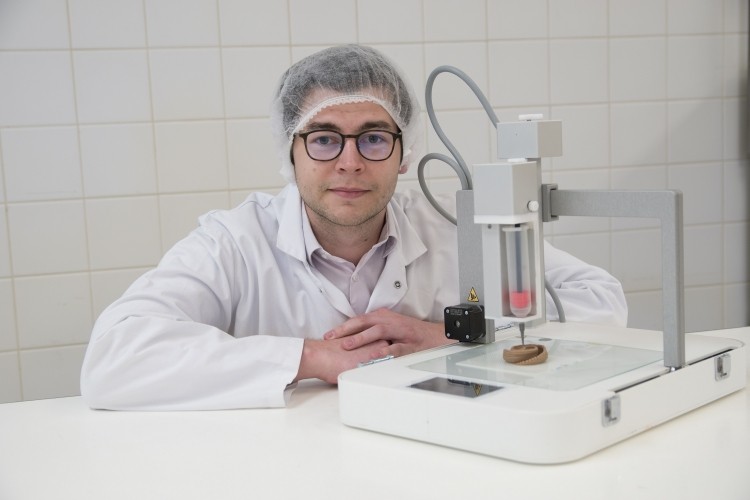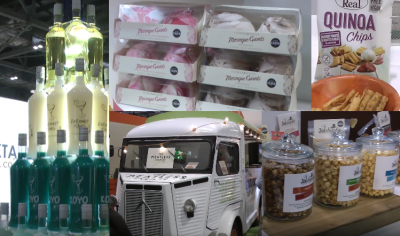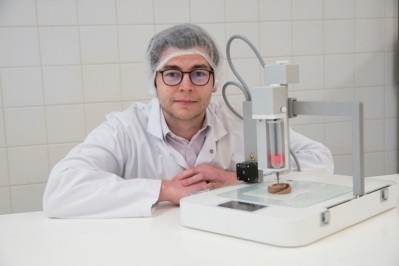3D printing project launched

3D printing can be used to manufacture product structures which cannot be achieved or are difficult to obtain using conventional technology. Campden BRI aims to evaluate its capabilities and limitations through practical trials on a wide range of food materials.
Ingredient scientist Gael Delamare, who is leading the team, said there had been major steps forward in 3D-printing in recent years, but its application within the food sector was not “straightforward”.
“There are many factors to consider, such as shelf-life, microbiological contamination, printing temperature, textures, rheology and ultimately whether different foodstuffs even lend themselves to being printed,” he said. “All of these issues need to be catered for in order to meet the expectations of the consumer and to do so safely.”
Paste-like consistency
Ingredients with a paste-like consistency, such as chocolate, vegetable and meat purees, pancake batter, cream, cakes, and biscuits are typically used in 3D printing.
The research will use an X-ray micro-CT scanner to scan simple and complex designs to explore the scope of the possible structures and shapes that could be replicated by printing food. The modification of rheological properties to improve printing quality will also be examined.
A key area of study would be the potential development of personalised food for those with specific deficiencies, including anaemia, Vitamin D, lack of essential fatty acids, and dietary fibre, Campden BRI said.
‘Reducing NPD times’
“3D-printing may also have benefits for reducing process development and NPD [new product development] times,” Delamere added. “Food waste could also be reduced, as perishable products, which would otherwise decline in quality, could be printed on demand.
“The project will explore the challenges and potential of its application in the food industry. We’ll be reviewing the 3D-printing technologies, conducting practical trials and developing new personalised products in terms of shape, flavour, colour and nutrition.”
As part of the project, Campden BRI will host a seminar in June, covering cellulose as an edible ingredient, personalised food for elderly consumers and the use of insect materials in the production of sustainable 3D-printed food.


















